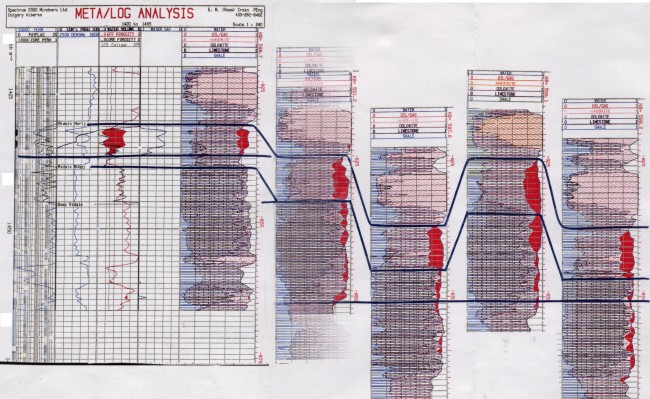|
 PetrophysicS IS
EVERYWHERE
PetrophysicS IS
EVERYWHERE
We seldom do petrophysical analysis for its own sake – usually the
results are used as input to some other activity, like a well
completion plan, an economic analysis, or a reservoir description
for a full field simulation study. Many users of petrophysical
results do not appreciate all the data that may be helpful in
running and calibrating a petrophysical analysis. More importantly,
they often do not know what other disciplines may get from a
competent petrophysical analysis, in addition to what was initially
requested. Petrophysicists may not be aware of what those other
disciplines can do with their output.
This page is designed to give users and doers a brief overview of
what can be derived using log analysis results and what other data
might be available to help get the job done.
The table
below might not mean too much to someone who is not in the oil, gas,
or mineral development business, but it will give everyone an idea of the scope
of work, wealth of data types, and the multiplicity of uses to
which
petrophysical data can be applied. Although oil and gas
dominate the list, uses in aid of sedimentary minerals, potable and
near-potable water, helium and other inert gases, blue and green
hydrogen, CO2 storage, geothermal energy, and lithium
extraction from brine have been in use in many areas of the world.

|

